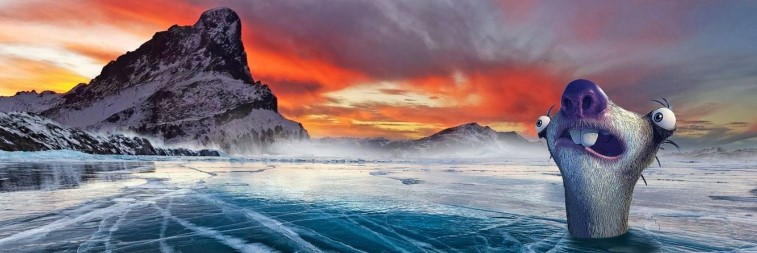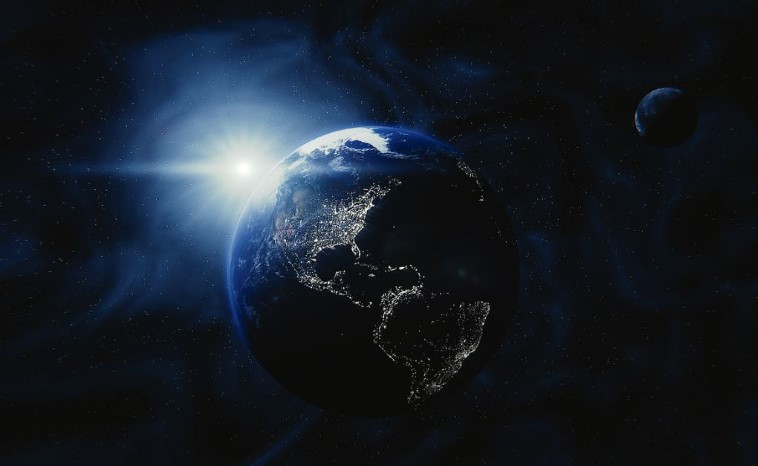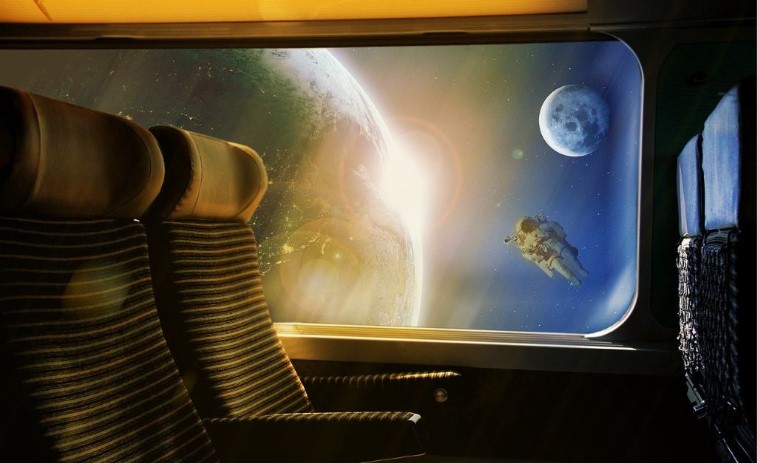The astronomical theory of ice ages

Did you know that the Earth’s axis is currently at an angle of 23.4 degrees and is about halfway through its rotation, a full cycle lasting 41,000 years? We are currently heading towards a minimum tilt, and this will happen in 9800 years!
The Earth’s eccentric orbit around the Sun is the reason why the seasons are not of equal duration
So, a phenomenon of importance is the variability of the tilt of the Earth’s axis, and it changes from 22.1 to 24.5 degrees in relation to the Earth’s orbital plane. The greater the tilt, the more extreme our seasons are because each hemisphere then receives even more Sun in the summer and even less in the winter.

As the slope decreases, it manifests itself in milder seasons, i.e. warmer winters and colder summers, as a result of which conditions are created for snow and ice to accumulate at higher latitudes and create large ice sheets.
Furthermore, as more and more of the Earth’s surface is covered with ice, it reflects sunlight and lowers the temperature even more, and additionally affects the expansion of the ice.
The tilt of the Earth’s axis affects the angle at which the Sun will fall on the Earth
Precession is the phenomenon that the Earth wobbles during rotation around its axis, similar to what a baby tern does. This happens due to the tidal forces caused by the gravitation of the Sun and the Moon, which causes the Earth to bulge at the equator, thus affecting the rotation.
Axial precession causes seasonal contrasts to be stronger in one hemisphere and milder in the other. We are currently in a position where the summers in the southern hemisphere are hotter and the seasonal variations in our northern hemisphere are more moderate.

In some 13,000 years, these conditions will be reversed. Since precession also affects the orientation of the axis, for a similar period the north will not be determined according to the star Nightingale, but according to the star Vega in the constellation Lyra.
In addition to axial precession, there is also apsidal precession because the Earth’s orbital ellipse also wobbles, and the combined effects of these two precessions result in a total cycle lasting 23,000 years.
During rotation, the Earth wobbles slowly but noticeably
Milanković combined all three phenomena and mathematically modeled them, and obtained insolation curves, which are today the standard for the astronomical explanation of ice ages.
In order to perform this at all, it was necessary to describe in detail the theoretical – celestial mechanics according to Newton’s laws. The work required numerous calculations, shortenings and simplifications, and according to Milanković himself, the problem was of a non-linear nature.
By increasing the ice (white) surfaces, much more solar radiation is reflected on the surface (try spending a whole day in the snow during a sunny day without glasses), and by reducing the ice, the “absorption” of the Sun’s rays and thus the temperature increases. This could also be seen in the light of today’s disappearance of glaciers and ice surfaces in Antarctica.
The astronomical theory of ice ages has found support and confirmation in geology, biology and many other disciplines. In the 1970s, a project called CLIMAP (Climate Mapping, Analysis and Prediction) confirmed that Milanković’s theory was fundamentally correct.
Milanković believed that the tilt of the earth’s axis has the greatest influence, and that ice age cycles repeat every 41,000 years. Later research showed that they did alternate according to that cycle until the last 800,000 years, and that since then, for reasons still unknown, the cycle has been extended to 100,000 years.
Nevertheless, due to increasingly frequent questions about whether we are actually victims of Milanković cycles, NASA has clarified that this theory cannot explain every change in the climate of our planet. In particular, the current period of very rapid warming cannot be explained.
According to his insolation calculations, the climate changes in periods of several tens of thousands of years, and now we are witnessing significant changes that occur in just 100-150 years. But here it is not bad to mention that the period we are looking at is only a tiny part of the temperature graph in a time period of several hundreds of thousands of years.

The Earth is currently in an interglacial period, which represents a period of milder climate between two ice ages, and according to Milanković’s cycles, it should cool, not warm, that is, it should continue the long-term cooling trend that began 6,000 years ago.
Nevertheless, “small” variations in the temperature graph during the last ice ages were always present, the problem is that for the period of glaciation 1000 years is small and insignificant, but for that period about 40 generations of people lived. So, we are talking about a relative and subjective sense of time.
Once you catch a big fish, the smaller ones are no longer interesting to you. I worked for 25 years on my insolation theory, and now that it’s finished, I’m out of a job. I’m too old to start work on a new theory, and theories of magnitude like the one I’ve completed just don’t grow on trees.
The general public is more familiar with the calendar created by Milankovic, the accuracy of which is best evidenced by the numbers. The length of an astronomical year is 365 days, 5 hours, 48 minutes and 46 seconds, and Milanković achieved an accuracy of 365 days, 5 hours, 48 minutes and 48 seconds. Only 2 seconds difference.
The comparison with the “official” calendar is even more impressive: the Julian calendar loses one day every 128 years, the Gregorian calendar can last 3,280 years without delay before losing a whole day, and Milanković’s even follows the natural calendar for 28,800 years to the day.
Milanković’s greatness is perhaps best evidenced by the fact that, unlike some other great men, he gained world fame at home. Nikola Tesla and Mihajlo Pupin accomplished their work far from their countries, while Milanković built his entire legacy in the building of the University of Belgrade.
Let this text be a modest contribution to the popularization of the giants of science.
If you wish to read more about the universe, feel free to click below and visit our blog!

